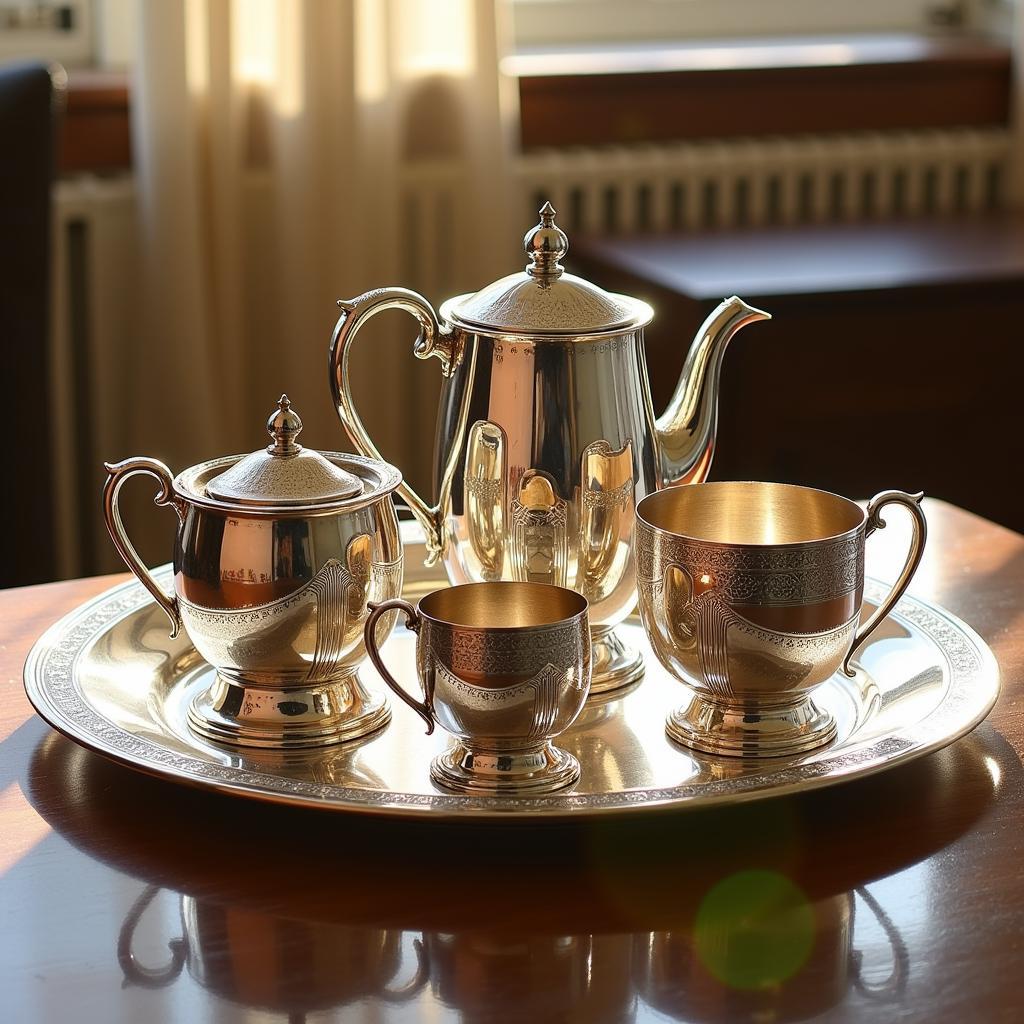Mountain Art Canvas: Capturing the Majesty of Peaks in Paint
Mountain Art Canvases hold a timeless allure, transporting us to breathtaking landscapes where towering peaks touch the sky. Whether you’re an experienced artist or just starting your creative journey, the majestic allure of mountains offers endless inspiration. From the rugged textures of rock faces to the ethereal play of light and shadow, a mountain art canvas allows you to bring the grandeur of nature into your home.
Choosing Your Inspiration: Finding the Perfect Mountain Vista
The first step in creating your own mountain masterpiece is finding the perfect inspiration. Do you envision snow-capped peaks against a vibrant sunrise, or perhaps the serene stillness of a mountain lake reflecting the surrounding peaks? Browse photography websites, nature magazines, or simply step outside and immerse yourself in the beauty of your local landscape. Let the majesty of nature spark your imagination and guide your brushstrokes.
Essential Supplies: Gathering Your Artistic Toolkit
Before you embark on your artistic adventure, gather the essential tools to bring your vision to life. A sturdy canvas, a variety of brushes, and a palette of earthy hues are just the beginning. Here’s a checklist to get you started:
- Canvas: Choose a size and shape that complements your chosen vista.
- Paints: Acrylics and oils are popular choices for mountain art, each offering unique textures and blending capabilities.
- Brushes: A variety of brushes, from fine-tipped detail brushes to wide flat brushes, will allow you to create a range of effects.
- Palette Knife: A palette knife is perfect for adding texture and dimension to rock formations and snowdrifts.
Don’t be afraid to experiment with different tools and techniques to discover what works best for you.
Mastering Techniques: Bringing Your Mountain Art Canvas to Life
Creating a sense of depth and realism is key to capturing the majesty of mountains. Consider these techniques:
- Layering: Start with a base layer of the lightest color, gradually building up darker shades to create depth and shadow.
- Blending: Use soft, sweeping strokes to blend colors seamlessly, mimicking the gradual transitions of light and shadow found in nature.
- Dry Brushing: This technique involves using a dry brush with minimal paint to create texture and highlights, perfect for depicting rocky outcrops or snow-capped peaks.
“Remember,” advises renowned landscape artist Emily Carter, “painting a mountain is not about replicating every detail, but about capturing the essence of its power and grandeur.”
From Canvas to Statement Piece: Displaying Your Masterpiece
Once you’ve added the finishing touches to your mountain art canvas, it’s time to find the perfect spot to showcase your creation. Consider these display tips:
- Lighting: Natural light enhances the colors and textures of your artwork.
- Framing: Choose a frame that complements both your painting and the surrounding décor.
- Placement: Hang your mountain art canvas where it can be admired and enjoyed, such as above a fireplace or in a hallway.
Your mountain art canvas is a testament to your creativity and a stunning reminder of the awe-inspiring beauty of the natural world.
Conclusion
Creating a mountain art canvas is a journey of artistic exploration and a celebration of the natural world. From choosing your inspiration to mastering techniques, each step offers an opportunity to connect with your creativity and bring the majesty of mountains into your home. So, gather your supplies, embrace the creative process, and let your imagination soar to new heights.
FAQ
1. What type of paint is best for beginners?
Acrylic paints are a great choice for beginners as they dry quickly, are water-based for easy cleanup, and can be layered to create depth.
2. Can I use a photograph as a reference for my painting?
Absolutely! Photographs can be valuable references for composition, color palettes, and details.
3. How do I care for my mountain art canvas?
Dust your canvas regularly with a soft cloth and avoid hanging it in direct sunlight or areas with high humidity.



